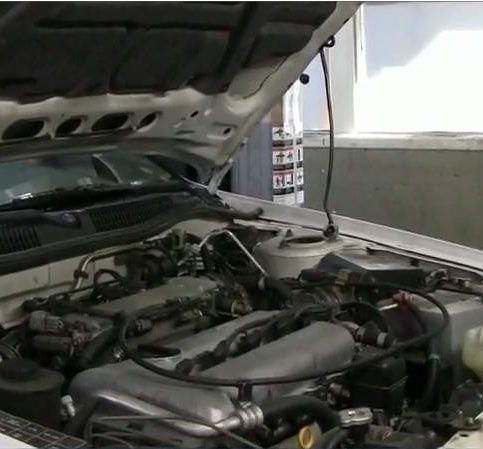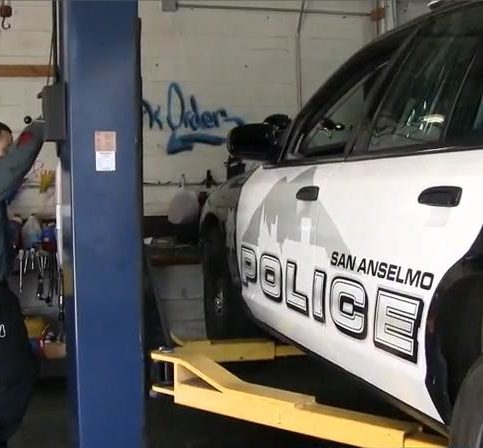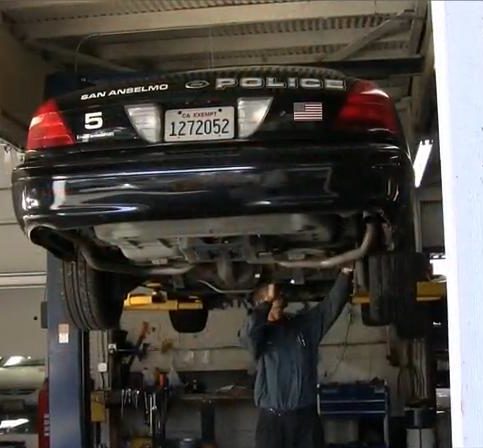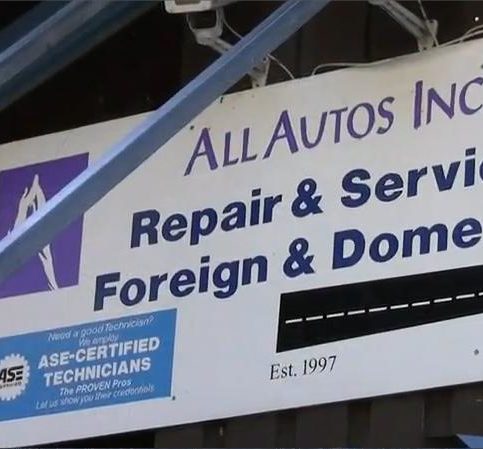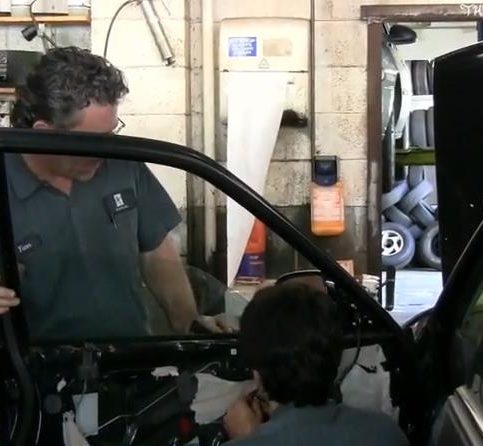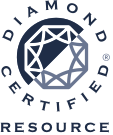Keeping your car well maintained is the best way to extend its life. Here are some of the key components to your car’s engine along with tips for maintenance:
Your car’s oil and lubrication system: The motor oil is key to keeping your engine running smoothly. Checking and changing it on a regular basis is important to getting the most miles out of it. The oil lubricates the engine’s internal moving parts, keeping them from wearing too quickly. It also keeps the engine clean by preventing dirt buildup, and also helps keep it from overheating. Changing your car’s oil every 3000 to 5000 miles is good preventive maintenance.
Other types of common maintenance involve making sure that you keep brake fluid, transmission fluid and radiator fluid levels at reasonably high levels so that these areas of your car function properly. Also, regularly changing out air filters will help protect your car’s engine from dirt and contaminants as well. To maintain strong compression in your vehicle and to sustain high levels of performance, occasionally changing out sparkplugs or taking your vehicle in for its scheduled tune-up will help prevent potential engine problems.
Your car’s brakes system
There are several different types of brake repair and many components to a car’s brake system, from the master cylinder to the brake pads and many in between. Here are some of the brake components often needing repair or replacement:
Master Cylinder: Where the brake fluid is stored for all of the four-wheel calipers or cylinders. If this component is leaking, it requires an immediate repair because you will lose (and not regain) brake pressure.
Wheel Cylinders: These are housed in the wheel assembly of each wheel and store brake fluid used for hydraulic pressure.
Brake Lining: This is a basic maintenance job that usually just involves replacing the brake shoes of a car’s rear brakes. It could require new drums if there is metal on metal contact.
Brake Pads or Calipers: For front brakes, brake pads and calipers put pressure on the rotors to stop the car. Brake pads are a routine replacement item, while calipers should last much longer. The pistons inside the calipers might need cleaning in some cases.
As you can see, there are many areas in which brakes need repair. If you keep on top of the basic repairs by listening for screeching or grinding, you shouldn’t have to make major repairs very often. For older or neglected vehicles, however, a more expensive fix might be in order.
Your car’s cooling system
Your vehicle’s cooling system is crucial to a longer-lasting and better-performing engine. An improperly maintained cooling system can result in the overheating of the engine, which in turn can cause major component failures. The cooling system is a pressurized circulation system that consists of five major pieces. Keeping them well maintained will help extend the life of your engine and car:
The water pump: A mechanical pump that circulates the engine coolant/anti-freeze through the radiator and back to the engine.
The thermostat: A temperature-sensitive device in the cooling system that opens and closes according to engine temperature to regulate the flow of coolant/anti-freeze through the radiator and back to the engine. This allows for the engine to be run at specific temperatures to optimize the performance and emissions levels of the vehicle.
The radiator: A “finned” box mounted at the front of the vehicle that the coolant is forced through so air can pass across it and cool the anti-freeze/coolant.
The cooling fan: Located directly behind the radiator, whether the vehicle is front or rear wheel drive. Its job is to pull air through the radiator at lower vehicle speeds to keep it from overheating. Cooling fans can either be mechanical (belt driven on the engine) or electric (mounted on the radiator, temperature controlled).
Drive belts/hoses: All of the antifreeze/coolant in your vehicle is pumped through several hoses. Maintaining them is crucial to preventing serious engine damage from overheating. Visually inspect the hoses for leakage, cracks or abrasions and the general integrity of the hose. Replace any that are questionable. The drive belt/belts should be inspected regularly as well.
Always follow the manufacturers recommendations on how often and which particular anti-freeze/coolant to use. For more extreme conditions it’s a good idea to check and service this system more frequently.
Your car’s emission system
Several emission control systems in your engine help reduce the amount of poisonous gases that otherwise would be released into the atmosphere, so it’s important to keep emission control systems in your vehicle working properly. Following is an overview of your car’s emission control system and how you can keep it working properly:
The air filter and air cleaner system: This special paper element helps filter dirt, dust and other foreign particles from the air stream going into the engine. Replace the filter if clogged or after one year of use. Also, clean the air filter housing of dust and debris using a clean shop rag.
The Positive Crankcase Ventilation (PCV) system: This system redirects blowby gases in the crankcase into the intake manifold to reduce air pollution and sludge buildup in the engine. Check the PCV valve and look for clogged, broken or missing hoses.
The Evaporative Emissions Control (EVAP) system: The EVAP prevents toxic fuel system vapor from going into the atmosphere. For the most part, this system requires very little maintenance, but you should inspect hoses, fittings and canister for possible damage. On some vehicle models, the canister is equipped with a filter that can be replaced if black or clogged.
The Exhaust Gas Recirculation (EGR) system: This system reduces NOx emissions produced during the combustion process when very high temperatures exist. The EGR allows exhaust gases to enter the intake system to reduce combustion temperature. Look for vacuum hoses damage, valve operation, restricted pipe and passages.
The Air Injection System (if your particular vehicle model is equipped with it): This system injects fresh air into the exhaust ports or catalytic converter to help consume unburned, or partially burned fuel, reducing HC and CO. Inspect for damaged hoses, lines, check valves and belt tension. Some air injection systems use a pump inlet filter that can be replaced if necessary.
The catalytic converter and connecting pipes: The converter does not require maintenance, but exhaust pipes and connectors leading to the converter should be checked for leaks. If the catalytic converter in your vehicle has been in operation for 5 or more years, have it inspected to make sure it’s still in good shape and not blocked. A clogged converter reduces engine power and causes overheating.
Read moreRead Less









